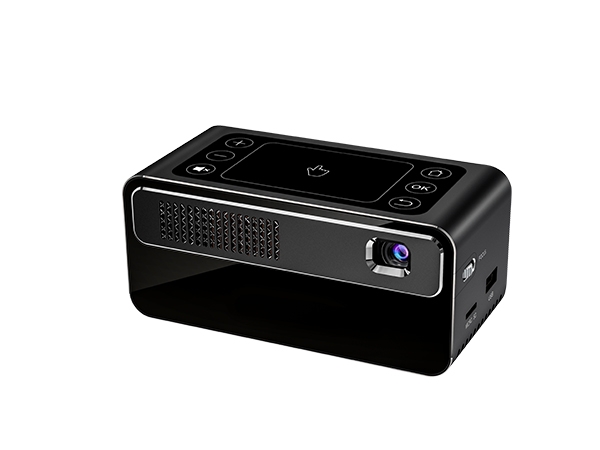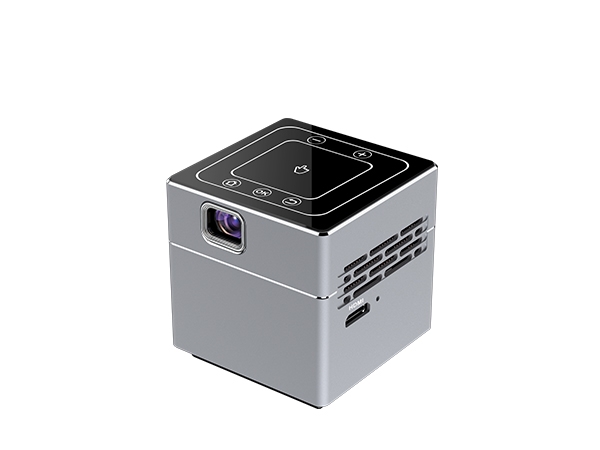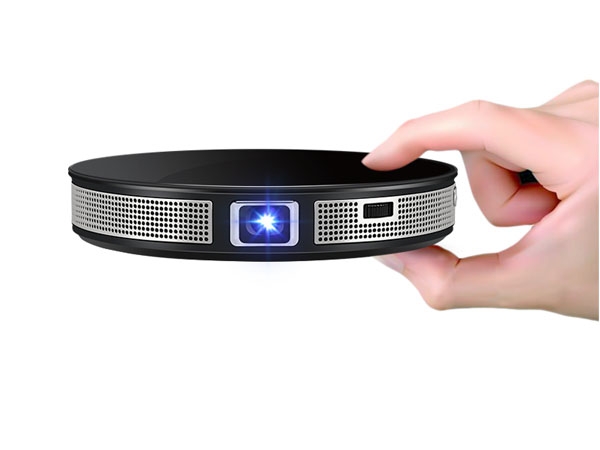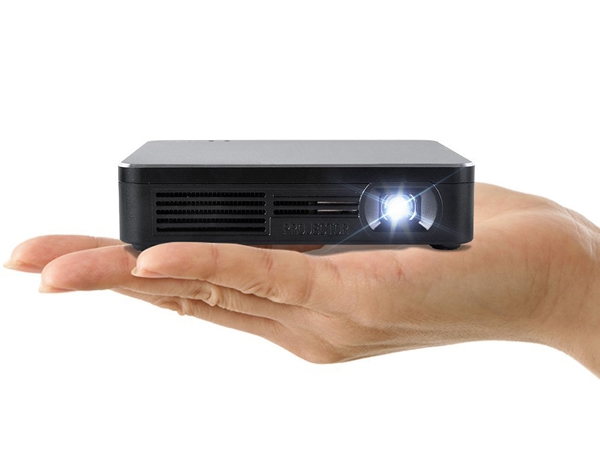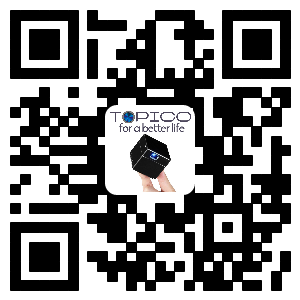Intelligent building demand will be the trend of human life
Time:2017-09-22
Views:2930
According to the royal institute of architects, people spend an average of 20 hours a day in commercial buildings or homes. Given that the global population is growing and will surpass the current 7.5 billion people, the number of buildings in which we live and work will grow accordingly. In addition, as land prices rise, the population will become more and more intensive (per unit area). Although different agencies have different estimates of the number of buildings in the world, it is estimated that there are at least one billion buildings in the world. No matter how we interpret the data, buildings, especially the buildings we work in, are a vital part of our lives.
A seamless wired and wireless connection is required
Today, GSMAIntelligence has surpassed the global population, and most of the mobile devices are connected to buildings. So people really want to be able to use wireless connections based on cellular networks or wi-fi. This requirement is driving the network design that covers the following points:
1. Use wi-fi technology and support network infrastructure based on the latest standard (IEEE802.11 acWave2);
2. Deploy the dedicated building wireless technology through distributed antenna system or small honeycomb solution, thus optimizing the honeycomb coverage of the whole workplace;
The Internet connection should be considered as important as water supply and power supply. This means that network connection design should be taken into account when designing buildings.
The demand for energy-saving low-voltage electricity is rising
Commercial building power load increasing, the main reason is the activity of building equipment more and more, such as wireless access point and indoor antennas, wireless IP network camera and VoIP phone controller, LED lamp, environment etc. How to efficiently power these devices is a big problem. In the past, the power supply of the building was ac power, which was converted to direct current by inefficient transformer or rectifier, which then supplied power to the equipment in the building. However, the government is now asking for maximum reduction of carbon dioxide emissions from buildings, so the industry has begun to focus on how to improve the efficiency of low-voltage distribution networks in buildings.
Most of the time, the activities in the building support the Internet protocol (IP), which can be powered by low voltage or ultra-low voltage direct current. In recent decades, Ethernet cables that have been deployed to data network connections can also provide direct current. One of the advantages of this approach is the standard requirement. The current standard is IEEE Ethernet power supply (PoE)802.3af and IEEE Ethernet power supply +(PoEP)802.3 at. Today, the IEEE working group is discussing the next PoE standard (IEEE802.3bt) change, with the stated goal of a minimum of 49W power, possibly 100W. Hdbase-t power supply (POH) is another method developed by the consumer electronics manufacturer alliance, which provides the maximum power level of 100W. As the dc power level is higher and higher, different IP devices will emerge, prompting the building to adopt a more efficient low-voltage direct current.
3. Create a better environment to improve the staff or tenant experience
The office is not just a nine-to-five workplace, but a place where employees collaborate, create and connect. Companies are well aware that, in the context of fierce competition, a "first-class" working environment that provides health and benefits to work efficiency will attract more staff and tenants. To improve the environment, we need to understand its current situation and need to measure multiple environmental, spatial and energy indicators. By embedding more and more advanced sensor technology in the building structure, the collected data can be collected, processed and applied in time to bring the following advantages:
1. Automatic management of desktop sharing (desk wheel use) or conference room in a humanized optimization mode;
2. Manage indoor/building environment (light, temperature and humidity) to create a more comfortable and efficient working environment;
3. By effectively improving the energy consumption to minimize the carbon emission of buildings, it will not only reduce operating costs, but also meet corporate social responsibility or "environmental protection" standards;
Such data can be processed through the workplace integration management system (IWMS) and other software platforms to create first-class workplaces.
4. Integrate various devices in common network infrastructure
The Internet of things is a tangible phenomenon. Look around any commercial building and you can find hundreds of connected devices. With the cost reduction, sensor miniaturization and the improvement of device connectivity, the network of connected devices is becoming larger and larger. However, while the concept of Internet of things is flourishing, various difficulties also come with it.
Review a few years ago, the commercial building has several special subsystem used for different management system, IP network and its related global standards (e.g., IEEE802.3) in almost all the technology is dominant, and therefore all building management systems and related equipment can be connected by general cable or wireless infrastructure.
Today, there are countless connected devices, but communication is inefficient due to a lack of recognized protocols for devices. This communication barrier makes buildings more sluggish. The AllSeenAlliance and the industrial Internet alliance, two of the largest groups in the field, are improving interoperability standards.
Devices that use the same language and use the same network infrastructure can efficiently integrate and process real-time data in the environment.
In 2016, building will be more important to us. Buildings not only affect our work, but also affect our personal lives. Need building management should be the other challenges, not only is to collect data, and better use of data to make better decisions, thereby improving the building and in which people live or work efficiency.



